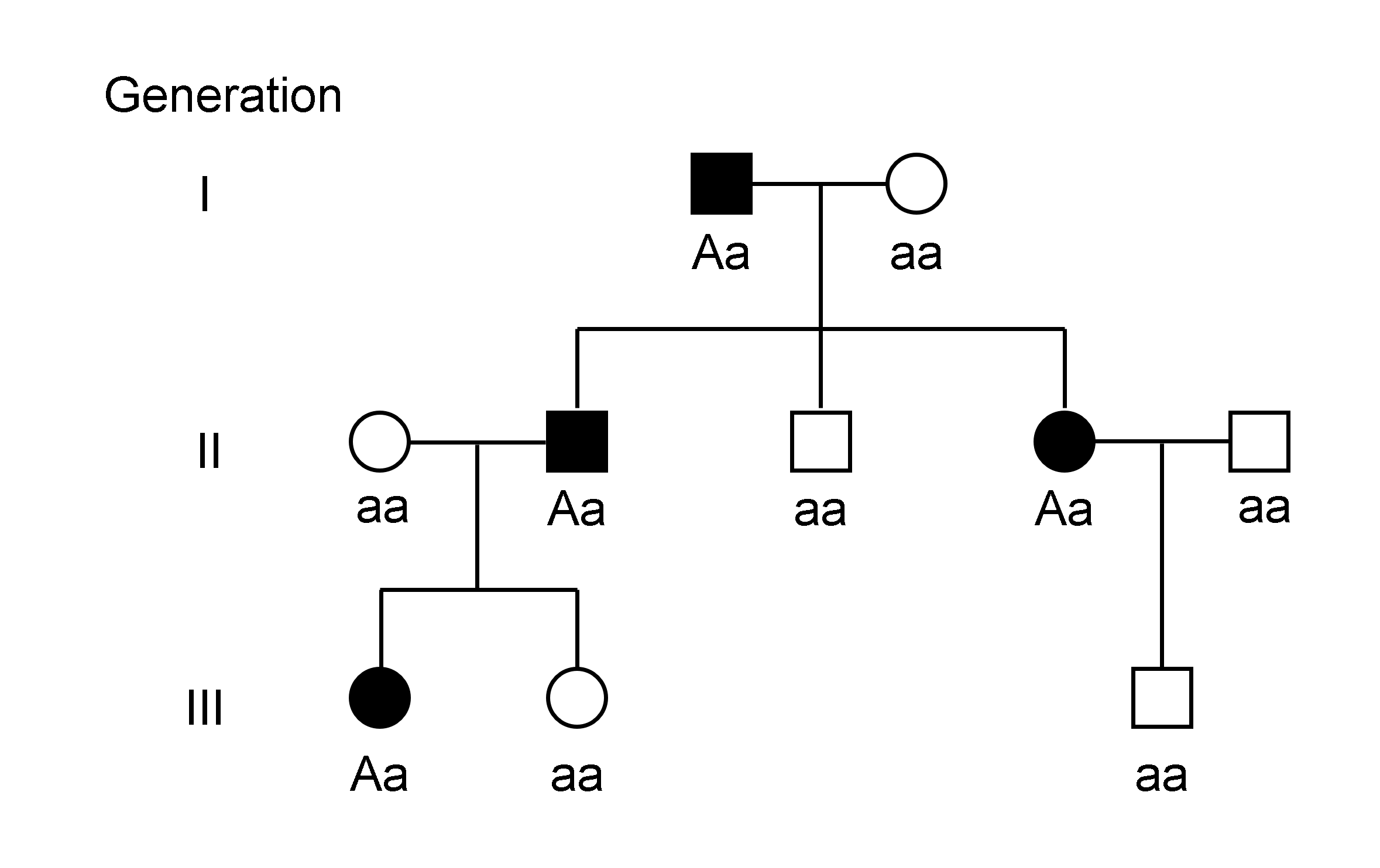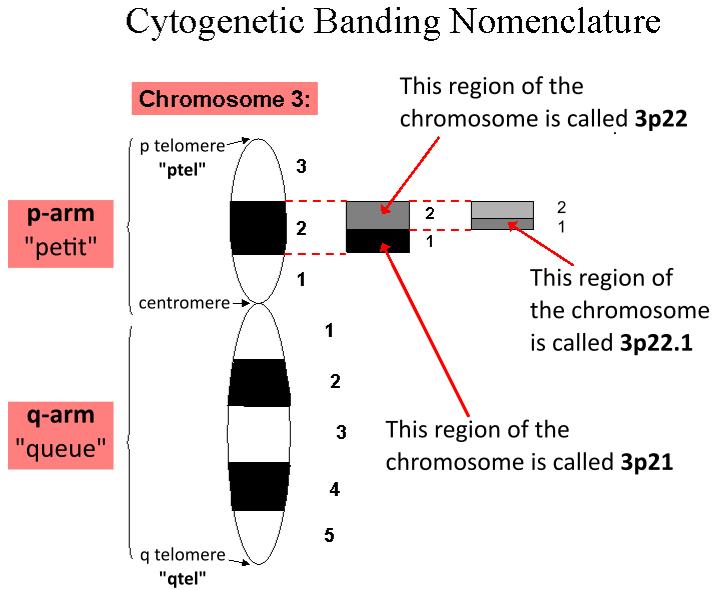|
Family Study
In genetic epidemiology, family studies are studies of whether a disease or trait "runs in a family". In other words, they are studies aimed at detecting the presence or absence of familial aggregation for the disease or trait, in which having a family history is associated with greater risk. The family research design can also be used to estimate penetrance for a given genotype, to conduct genetic association studies, and to study potential modifiers of an individual's genetic risk. If a family study shows that a trait is familial, this is a necessary, but not sufficient, criterion for it to be established as genetically influenced. Types There are three main types of family studies in genetics: #Those aimed at measuring the extent of familial aggregation for a trait ##Familial aggregation is the practice of combing multiple data sets of different traits and/or characteristics in a family. ##Family history of disease is collected in case studies, which seeks if a certain disease ... [...More Info...] [...Related Items...] OR: [Wikipedia] [Google] [Baidu] |
Genetic Epidemiology
Genetic epidemiology is the study of the role of genetic factors in determining health and disease in families and in populations, and the interplay of such genetic factors with environmental factors. Genetic epidemiology seeks to derive a statistical and quantitative analysis of how genetics work in large groups. Definition The use of the term ''Genetic epidemiology'' emerged in the mid-1980s as a new scientific field. In formal language, genetic epidemiology was defined by Newton Morton, one of the pioneers of the field, as "a science which deals with the etiology, distribution, and control of disease in groups of relatives and with inherited causes of disease in populations". It is closely allied to both molecular epidemiology and statistical genetics, but these overlapping fields each have distinct emphases, societies and journals. One definition of the field closely follows that of behavior genetics, defining genetic epidemiology as "the scientific discipline that deals ... [...More Info...] [...Related Items...] OR: [Wikipedia] [Google] [Baidu] |
Familial Aggregation
Family aggregation, also known as familial aggregation, is the clustering of certain traits, behaviours, or disorders within a given family. Family aggregation may arise because of genetic or environmental similarities.Butcher, J., S. Mineka, and J. Hooley. Abnormal Psychology. 15. Boston: Pearson, 2010. Print. Schizophrenia The data from the family aggregation studies have been extensively studied to determine the mode of inheritance of schizophrenia. Studies to date have shown that when numerous families are studied, simple modes of inheritance are not statistically supported. The majority of studies analyzing for the mode of inheritance have concluded that a multifactorial threshold mode is most likely. Cardiovascular problems The most consistent and dramatic evidence of family influences on cardiovascular disease (CVD) is family aggregation of physiological factors. In several studies the parent-child and sibling-sibling correlations of blood pressure are approximately .24. Ge ... [...More Info...] [...Related Items...] OR: [Wikipedia] [Google] [Baidu] |
Family History
Genealogy () is the study of families, family history, and the tracing of their lineages. Genealogists use oral interviews, historical records, genetic analysis, and other records to obtain information about a family and to demonstrate kinship and pedigrees of its members. The results are often displayed in charts or written as narratives. The field of family history is broader than genealogy, and covers not just lineage but also family and community history and biography. The record of genealogical work may be presented as a "genealogy", a "family history", or a "family tree". In the narrow sense, a "genealogy" or a "family tree" traces the descendants of one person, whereas a "family history" traces the ancestors of one person, but the terms are often used interchangeably. A family history may include additional biographical information, family traditions, and the like. The pursuit of family history and origins tends to be shaped by several motives, including the desire t ... [...More Info...] [...Related Items...] OR: [Wikipedia] [Google] [Baidu] |
Penetrance
Penetrance in genetics is the proportion of individuals carrying a particular variant (or allele) of a gene (the genotype) that also express an associated trait (the phenotype). In medical genetics, the penetrance of a disease-causing mutation is the proportion of individuals with the mutation who exhibit clinical symptoms among all individuals with such mutation. For example, if a mutation in the gene responsible for a particular autosomal dominant disorder has 95% penetrance, then 95% of those with the mutation will develop the disease, while 5% will not. A condition, most commonly inherited in an autosomal dominant manner, is said to show complete penetrance if clinical symptoms are present in all individuals who have the disease-causing mutation. A condition which shows complete penetrance is neurofibromatosis type 1 – every person who has a mutation in the gene will show symptoms of the condition. The penetrance is 100%. Common examples used to show degrees of penetrance ... [...More Info...] [...Related Items...] OR: [Wikipedia] [Google] [Baidu] |
Genotype
The genotype of an organism is its complete set of genetic material. Genotype can also be used to refer to the alleles or variants an individual carries in a particular gene or genetic location. The number of alleles an individual can have in a specific gene depends on the number of copies of each chromosome found in that species, also referred to as ploidy. In diploid species like humans, two full sets of chromosomes are present, meaning each individual has two alleles for any given gene. If both alleles are the same, the genotype is referred to as Zygosity, homozygous. If the alleles are different, the genotype is referred to as heterozygous. Genotype contributes to phenotype, the observable traits and characteristics in an individual or organism. The degree to which genotype affects phenotype depends on the trait. For example, the petal color in a pea plant is exclusively determined by genotype. The petals can be purple or white depending on the alleles present in the pea plan ... [...More Info...] [...Related Items...] OR: [Wikipedia] [Google] [Baidu] |
Genetic Association
Genetic association is when one or more genotypes within a population co-occur with a phenotypic trait more often than would be expected by chance occurrence. Studies of genetic association aim to test whether single-locus alleles or genotype frequencies (or more generally, multilocus haplotype frequencies) differ between two groups of individuals (usually diseased subjects and healthy controls). Genetic association studies today are based on the principle that genotypes can be compared "directly", i.e. with the sequences of the actual genomes or exomes via whole genome sequencing or whole exome sequencing. Before 2010, DNA sequencing methods were used. Description Genetic association can be between phenotypes, such as visible characteristics such as flower color or height, between a phenotype and a genetic polymorphism, such as a single nucleotide polymorphism (SNP), or between two genetic polymorphisms. Association between genetic polymorphisms occurs when there is non-r ... [...More Info...] [...Related Items...] OR: [Wikipedia] [Google] [Baidu] |
Linkage Analysis
Genetic linkage is the tendency of DNA sequences that are close together on a chromosome to be inherited together during the meiosis phase of sexual reproduction. Two genetic markers that are physically near to each other are unlikely to be separated onto different chromatids during chromosomal crossover, and are therefore said to be more ''linked'' than markers that are far apart. In other words, the nearer two genes are on a chromosome, the lower the chance of recombination between them, and the more likely they are to be inherited together. Markers on different chromosomes are perfectly ''unlinked'', although the penetrance of potentially deleterious alleles may be influenced by the presence of other alleles, and these other alleles may be located on other chromosomes than that on which a particular potentially deleterious allele is located. Genetic linkage is the most prominent exception to Gregor Mendel's Law of Independent Assortment. The first experiment to demonstrate l ... [...More Info...] [...Related Items...] OR: [Wikipedia] [Google] [Baidu] |
Genetic Loci
In genetics, a locus (plural loci) is a specific, fixed position on a chromosome where a particular gene or genetic marker is located. Each chromosome carries many genes, with each gene occupying a different position or locus; in humans, the total number of protein-coding genes in a complete haploid set of 23 chromosomes is estimated at 19,000–20,000. Genes may possess multiple variants known as alleles, and an allele may also be said to reside at a particular locus. Diploid and polyploid cells whose chromosomes have the same allele at a given locus are called homozygous with respect to that locus, while those that have different alleles at a given locus are called heterozygous. The ordered list of loci known for a particular genome is called a gene map. Gene mapping is the process of determining the specific locus or loci responsible for producing a particular phenotype or biological trait. Association mapping, also known as "linkage disequilibrium mapping", is a method of map ... [...More Info...] [...Related Items...] OR: [Wikipedia] [Google] [Baidu] |


